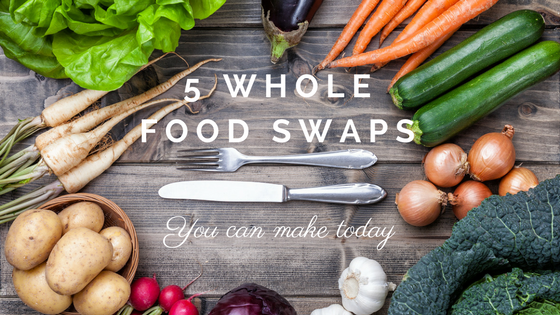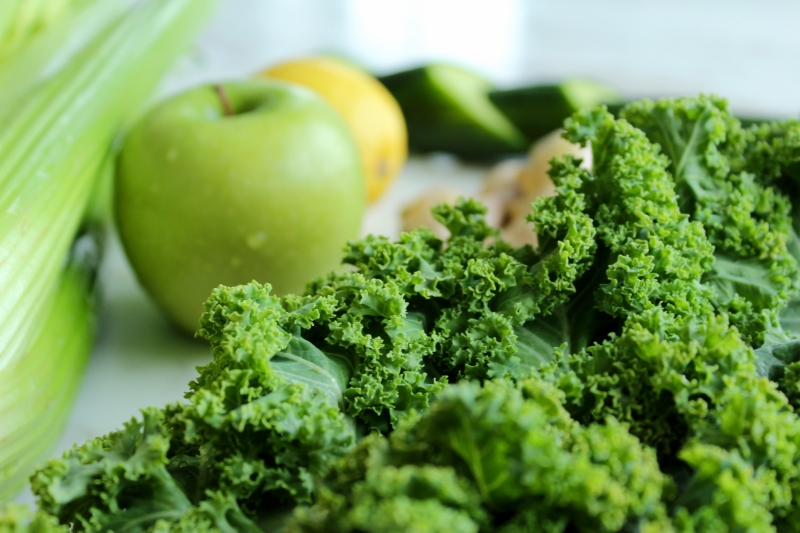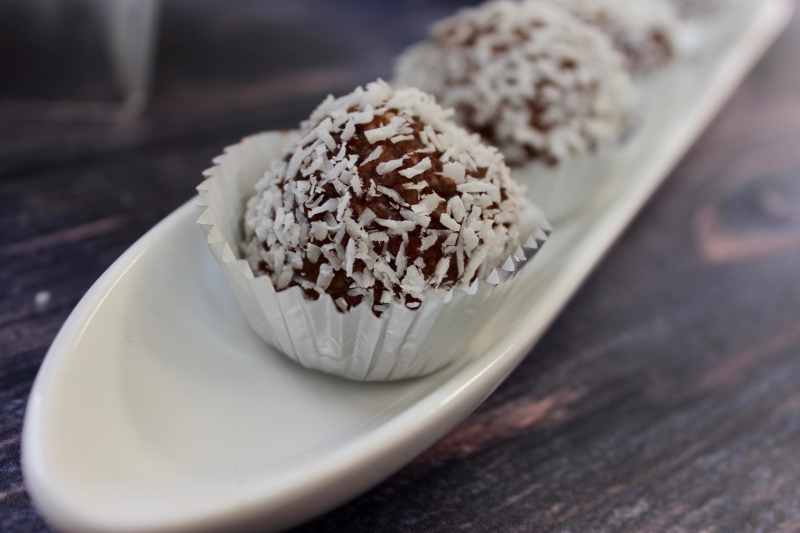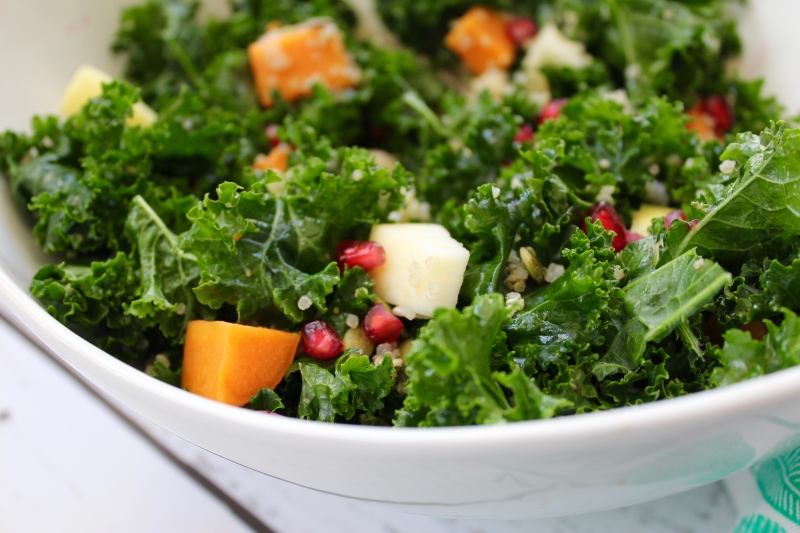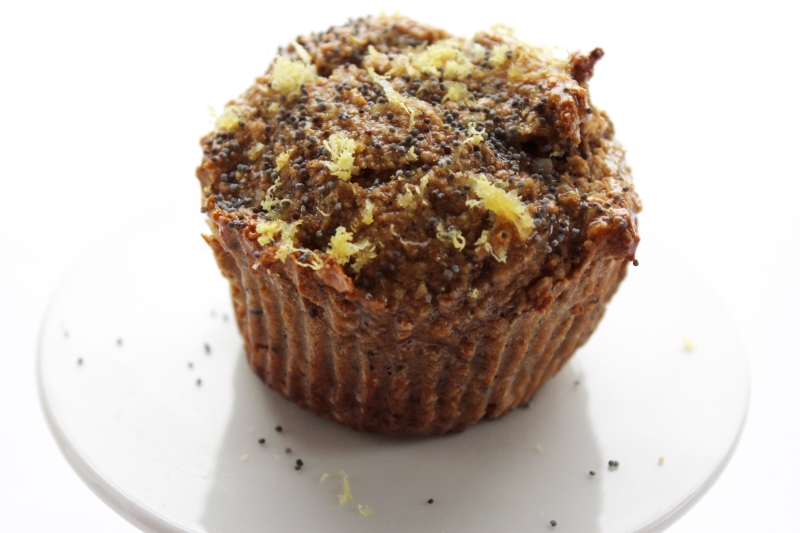When I began my health journey, I can remember several times where I would feel overwhelmed in making the transition from how I grew up eating to how I eat today. One time, in particular, I remember grabbing a cookie recipe from one of my favorite plant-based authors. I wrote down all the ingredients and hit the organic market, I stood in the baking section for a good hour completely confused as to why I needed to buy 4 kinds of alternative flours for the 1.5 cup of regular flour I would need for this recipe. Of course each flour I only needed a few tablespoons but I had to buy $10.00 bags for each.
Moments like these taught me I needed to find my own way, a way that was real for me at the time, affordable, and sustainable. This is the message I always give to those I work with, that small swaps little by little can make a big difference in your overall health. Don’t try and change everything at once, instead pick a few things to switch and see how you like it. I have put together a few simple healthy swaps you can try today that is really easy, along with health benefits, and recipes to try. Remember it does not matter how big a step you take, as long as you take it.
1. Healthy Nut Butter Swap
So if you were like me and grew up on Kraft smooth peanut butter, switching to a natural peanut butter can be an adjustment. The hydrogenated oil, sugar, and salt in most conventional peanut butter are what we associate “nut butter” to taste like, so it’s obviously not unusual when someone buys a natural peanut butter it tastes completely foreign to them. W are all a great source of healthy fats, minerals, vitamins, and fiber. It’s also a great source of protein, once
Making the transition to a nut and seed butter that is free from all the extra additives may feel like a big step, but it’s a huge step for your health. Reducing hydrogenated oils, refined sugars, and high amounts of salt will reduce the risk liver, immune, digestive, and cardiovascular concerns. By adding in healthier alternatives with fewer additives and fillers you gain the many health benefits of nuts and seeds, such as You healthy fats, minerals, vitamins, fiber, and usable protein.
Experiment! Almond butter contains 80 milligrams of calcium per 2 tbsp. servings where natural peanut butter only has 20 milligrams. Hazelnut, brazil nut, cashew butter are packed with nutrition and taste. Sunflower, pumpkin or sesame seed (tahini) butter offer a great alternative for those with allergies or to send as a snack to the nut-free schools.
Recipes to Try:
Chocolate Cashew Butter Cups, Chocolate Brazil nut Mousse Cake, DIY Chocolate Hazelnut Spread, Homemade Brazil nut Butter, The Empowered Hippie Bowl
2. Healthy Potato Swap
So again, I grew up on the basic white russet potato. This potato was always peeled and the healthy fibrous skin tossed into the garbage, it was often served with table salt and a big chunk of butter. For years, I did not eat potatoes! I thought potatoes were this starchy carb that was deficient in nutrients based on my experience with them prior. But today, I always enjoy the bright colorful world that potatoes which are full of nutrients, antioxidants and keep those skins on please for all the beneficial fiber.
Purple potatoes, blue potatoes, sweet potatoes, Japanese yams, and the list goes on. Sweet potatoes and yams are one of my favorite root vegetables and one of the oldest known to humanity. Sweet potatoes are packed with carotenoids, such as beta-carotene which is a great source of Vitamin A, antioxidants, and provide anti-microbial, anti-fungal properties and anti-inflammatory properties. What a delicously health swap.
Recipes:
Perfect Roasted Root Veggies, Sweet Potato Bisque, Sweet Potato Nachos
3. Healthy Chocolate Swap
In many of my meal plans, I create for people I list raw cacao powder and most of the time I get a question if plain cocoa powder can be used instead? The powdered cocoa powder is most often highly refined, its nutrients from the cacao seeds have been stripped away due to the high-temperature processing, and refined sugars and flavoring have been added to give you that sweet taste. Raw Cacao has a more bitter taste, is closer to its natural form thanks to cold-pressing unroasted beans, has no additives or sweeteners and it packed with nutrition.
Raw cacao has been found to have 40x the antioxidants of blueberries, is the highest iron source in plans, packed with magnesium which is co-factors in over 500 metabolic processes in the body, has more calcium than cow’s milk and has been found to improve depressed mood. Add into a smoothie or into baking gives you a beautiful chocolate taste, so I am in love with this superfood.
Recipes:
Chocolate Peanut Butter Cup Smoothie, Raw, Vegan Chocolate Macaroons, Easy, Dairy-Free Chocolate Dipped Fruit: 3 ways, Red Velvet Truffles
4. Healthy Lettuce Swap
All leafy greens are good leafy greens! I am happy when people consume whole, plant-based foods in any form. However, if your leafy greens are mainly iceberg lettuce you should swap out those greens throughout the week for dark leafy greens. Basically, the idea is the darker the green, the more chlorophyll, vitamins, minerals, and fiber they have.
Rotating greens not only gives you a wider array of nutrition, but it adds variety to your diet which is great to keep things interesting and reduce food intolerances. Romaine, Kale, Arugula, Dandelion Greens, Chard/Collard Leaves, Beet Greens, Spinach, Red Leaf Lettuce, and the list goes on. Experiment, each week try a new leafy green and enjoy the experience of each leaves unique taste and nutritional profile.
Recipes:
Balsamic Mushroom, Spinach, & Goat Cheese Pizza, The Ultimate Detoxifying Salad, Fall Harvest Kale Salad, Rainbow Chard Wrap with a Smoky Sun-Dried Tomato Hummus, Flat Belly Juice
5. Healthy Flour Swap
White flour is simple wheat flour that has had it’s two healthiest components stripped away in the processing to create a lighter, fluffier end product. This is why people who try wheat flour in replace of white flour in baking have a hard time shifting to a more dense taste. The two main components removed in processing are the bran and the wheat germ which is where the fiber, minerals, and nutrition is. Alternative flours have become popular to find a way to create that lighter texture but to get more nutrition from our bread, cookies, pies, etc.
I started this with a story of my overwhleming shopping trip as i was orientating myself to the world of alternatives flours. There are tons of charts you can use to balance the right amount of alternative flours for your recipes, Better Homes & Gardens has a conversion chart you can download this chart is a good one fo your reference. There are so many flours, I started with Almond and Coconut flour and there are still my favorites. Almond flour is an equal 1:1 ratio to white flour, coconut flour is very absorbent so only 3 tbsp of it equals 1 cup! Both these flours give me the light bread and sweets I want while providing me the nutrition I want.
Recipes:
Glazed Coconut Lemon Cookies, Sunrise Pulp Muffins, Coconut Lemon Poppyseed Muffins, Green Tea Macadamia Nut Cookies
Give these healthy simple swaps and recipes a try. Remember making small changes like these can make a big difference in your overall health and wellness. Get creative and have fun.

